When we shop for our children, we want to ensure that the clothes, toys and food we bring into our homes are as safe as possible.
Over the years, we’ve started to hear from customers asking us if the toys we sell are authentic. At first this had us scratching our heads - of course we do! We are one of the largest authorized retailers of some of the most beloved and beautiful toy brands on the market.
This uptick in questions has been because so many consumers are now receiving counterfeit products. These items come from resellers that do not put the health and safety of children first. A counterfeit is not tested for safety, not manufactured using humane and ethical standards and hurts our worldwide economy.
Nothing hurts a small business or brand more than a counterfeit product.
How exactly can a counterfeit product impact so many things in such a negative way? Let’s take a look.
Bad for Families
Right now Amazon, eBay and other online marketplaces do not have to test for safety or hazardous materials for their products, which is especially scary if you are buying a car seat, crib or toy. This means the counterfeit toy you purchased could be contaminated with heavy metals, phthalates and more. This is why customers are increasingly frustrated when they receive items that do not match the items they bought. And rightfully so.
Bad for the Environment
Counterfeits do not have stringent practices in place to keep environmental practices in mind. We carry brands who are committed to a low-impact in their manufacturing processes. Often after large counterfeits are seized, they are also destroyed since they cannot be sold, which is both wasteful and acts as a pollutant to the world around us.
Bad for the Economy
We follow so many beautiful shops around the world on social media and love supporting other local retailers whenever possible. When we shop for items on large marketplaces, we are slowly forcing these small businesses to go under. It is impossible for small retailers to compete with behemoth marketplaces that do not need to make a profit on products in order to stay profitable.
Bad for Your Wallet
Last year Bella Luna Toys was impersonated in a scam that copied text from our website claiming that we had opened a new shop. They copied our ‘About Us’ page word-for-word and many customers ordered dolls from the shop, thinking they were ordering from us.
When the dolls didn’t arrive and buyers were scammed out of their money, we were unable to help. Not only did the storefront disappear, but several others continued to pop up by impersonating our brand and taking money from unsuspecting customers. It is more important than ever to pay attention to who you purchase from. And it is devastating to brands when their good name is put through the ringer. Small businesses like ours are helpless when this happens
How To Spot a Fake Store
We’ve compiled a list of best practices to help you shop from small businesses that are legitimate.
Here are a few warning signs if you see a new online store pop up through a targeted ad or a social media post. If you’re ever unsure, try entering the website URL on a site like ScamVoid to see if they are legitimate.
Check the Spelling
Does the text on the site seem to be poorly written? Are there spelling errors and strange punctuation? Is the name of the seller a strange word that would be hard to pronounce? This is likely a sign that the site has just gone up. Legitimate stores take great care to make sure information is represented accurately and correctly.
Key Information is Missing
Look for an ‘About Us’ page that talks about a founder. Search for refund and return policy information that is detailed and doesn’t just list that they “accept returns”. If you can’t find any contact information, it’s likely they do not want customers to get in touch.
Photos Do Not Match Up
If every product photo looks wildly different (sized differently, looks like it could be from different companies) that may be a warning that they are stolen photos.
What Payment Methods Does the Merchant Accept?
Scam sites often accept PayPal as the only payment method. Most larger, established websites accept credit card payment and a variety of payment methods. In order to accept credit card payments, a company is rigorously screened and subject to identity verification.How to Spot a Counterfeit Product
Unfortunately, counterfeit products will often steal images and a description to sell on platforms like Amazon or eBay so it’s increasingly harder to spot a fake.
Here are a few tips on determining whether a toy or product might be counterfeit or not.
- Check if the seller is listed as an authorized dealer on the manufacturer’s website
- Look for a company email address and physical address
- Read through the reviews to see if they are verified
- Price check. If a doll that normally retails for $100 is available for $20 on Amazon or another website, it is almost certainly too good to be true!
- Look for information on certifications of safety-testing standards
- Be wary of spelling or grammatical errors
What To Do If You’ve Been Scammed
Whether you’ve lost money and never received an order, or you’ve received a product that was not what it promised to be, do these two things to try and help combat this issue.
Report It
If you purchased the item from Amazon or another third-party marketplace, be sure to report it directly to the marketplace. You should also report the product to StopFakes.gov.
If it was purchased through an online ad, be sure to report to Facebook, Instagram or Google as well. You can also choose to flag a spam ad in the hopes it will be taken down.
Recycle It
For counterfeit toys or any baby or children’s products, we encourage you not to use it in case it does have harmful chemicals and does not meet safety standards. Unfortunately, your best scenario if it can’t be returned would be to recycle it or trash it. This is another reason why buying counterfeit products contributes to environmental waste.
A Few Resources If You’d Like to Dive Deeper
We’ve rounded up some great articles if you’d like to learn more about the counterfeit culture and how to try and become a more conscious consumer.
Beware: Dangerous Counterfeit Toys for Your Baby Are Being Sold on Amazon - INC
This article details the lack of regulations around Amazon and how impossible it has been for brands to stop counterfeiters from ripping off their products.
The Counterfeit Problem And How Retailers Can Fight Back - Forbes
What small businesses and brands are trying to do to curb the counterfeit problem.
Amazon Doesn’t Want You to Know Where Products Are Made - Fox Business News
A bipartisan bill was proposed to mandate prominent country-of-origin labeling (COOL) for any product sold on the Internet. Amazon is currently lobbying against this.
Introduced by bipartisan lawmakers, this act is designed to protect both customers and business owners. The proposed legislation would hold companies like Amazon or eBay liable for counterfeit products sold on their platforms.
Here at Bella Luna Toys, most of our toys are made in the USA, Europe, or Canada. The toys we carry that are made overseas are certified to be ethically and sustainably made. We list the country of origin of every product we sell.
We are committed to carrying toys that have been tested to meet the strictest safety standards.
We are also a proud member of Green America, a non-profit organization in Washington, DC which recognizes businesses who are required to document their eco-friendly and fair labor business practices.
If you ever have any questions about the toys we carry or safety standards, we’re happy to help. You can get in touch with us right here.






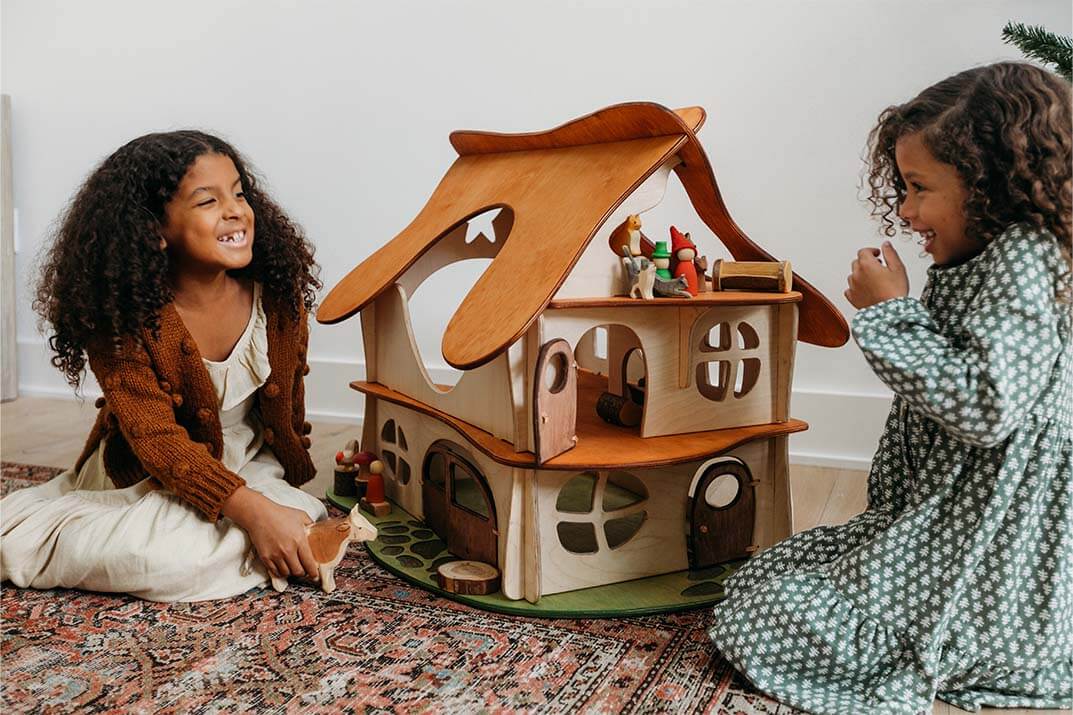


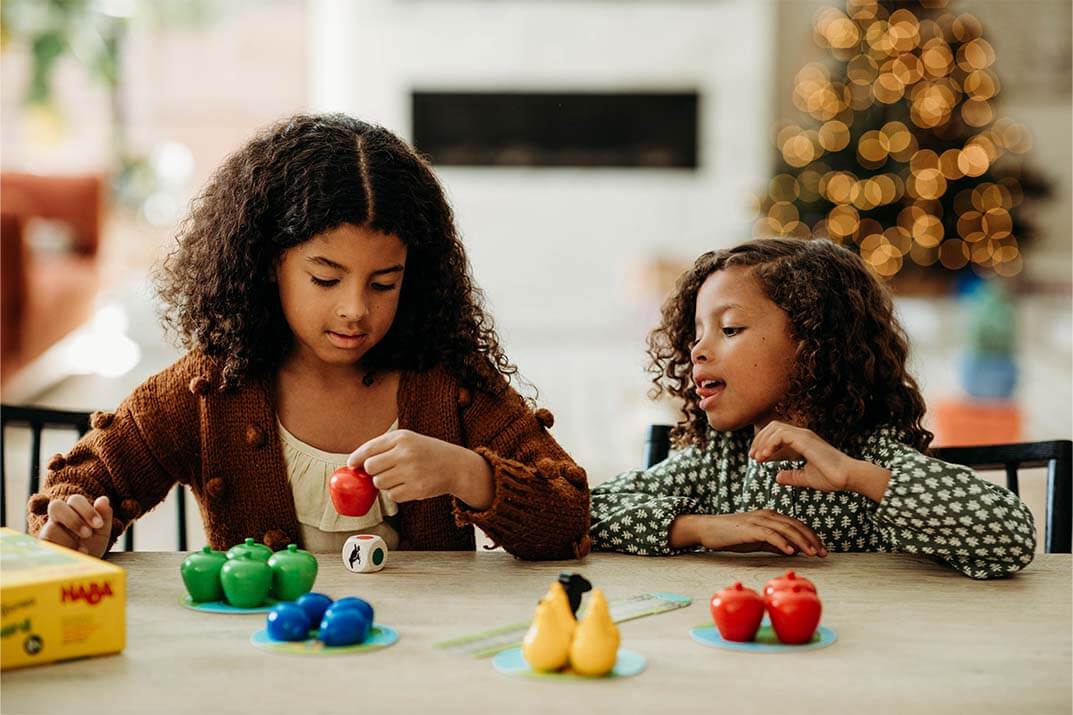








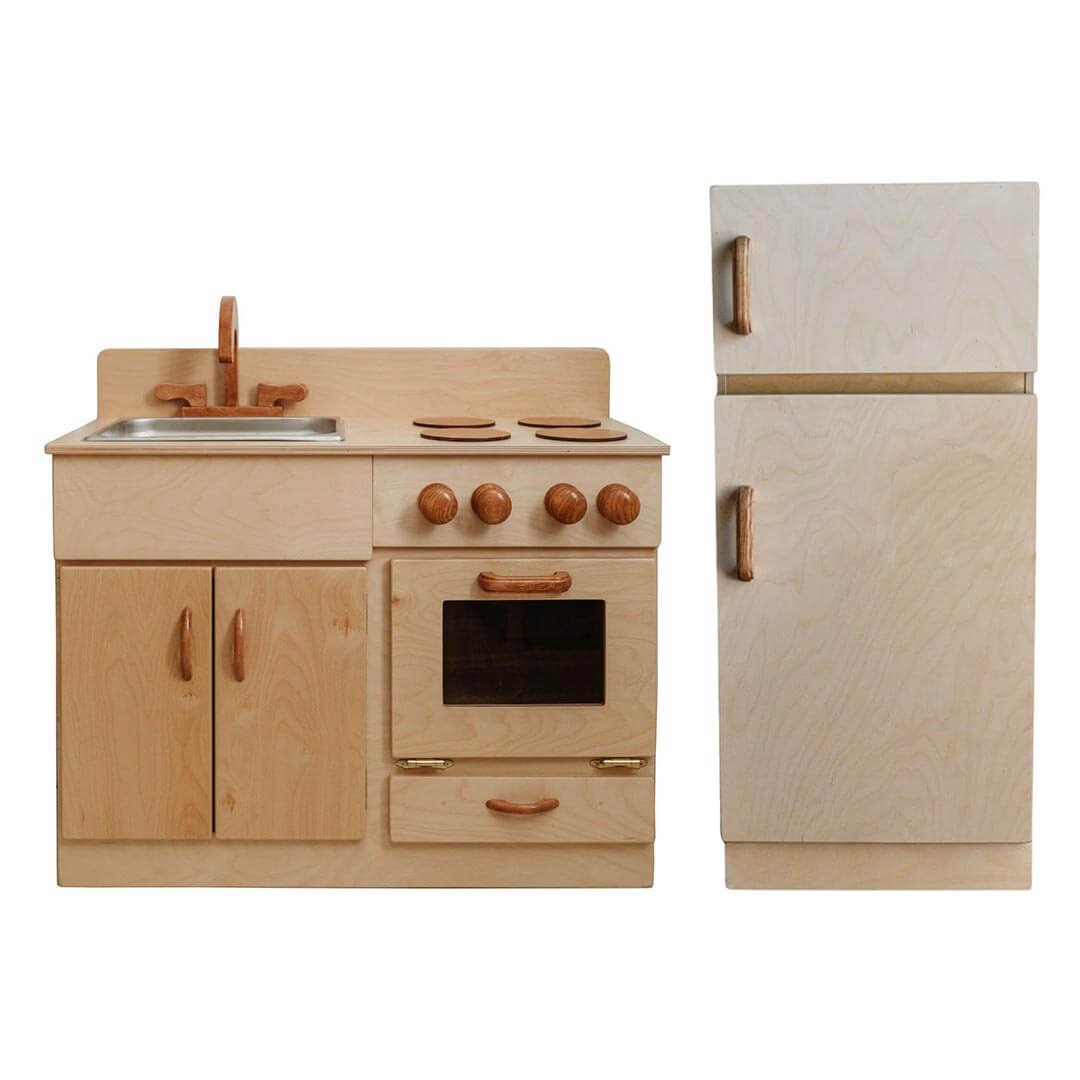



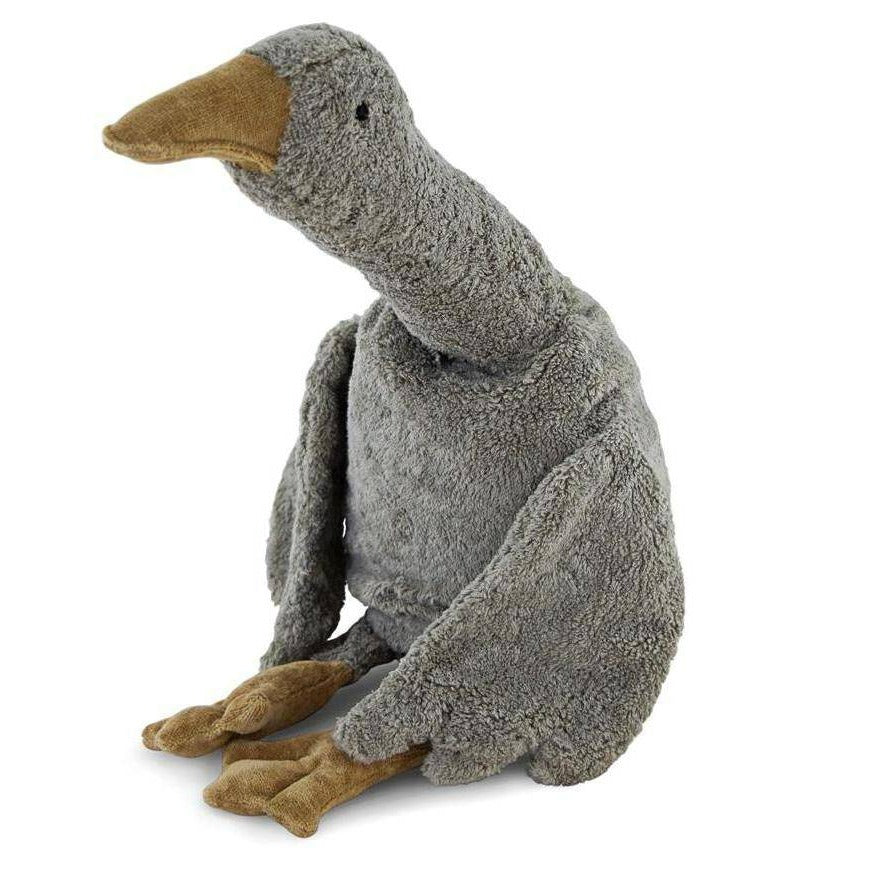
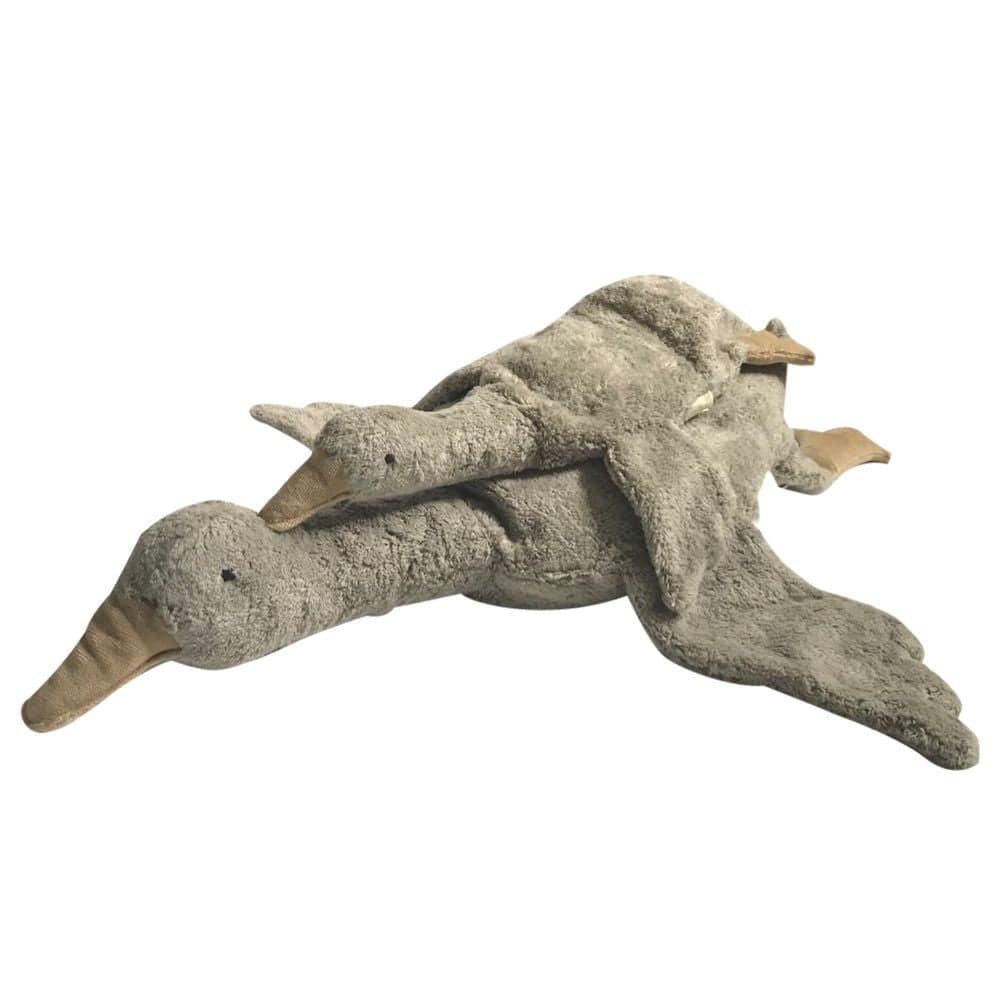



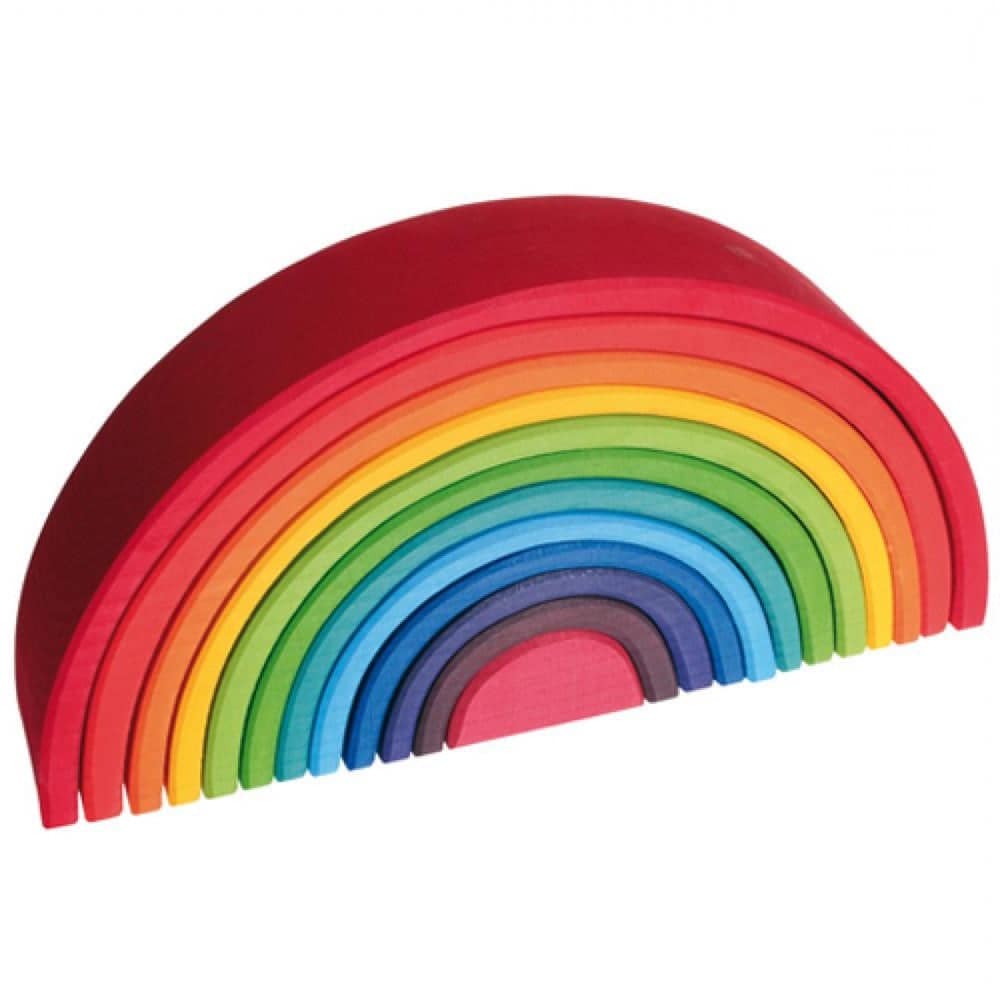
Leave a comment